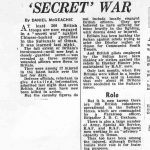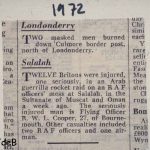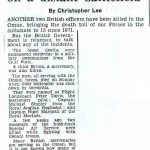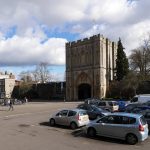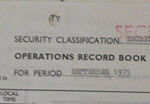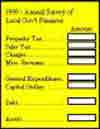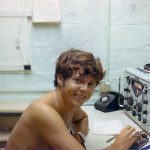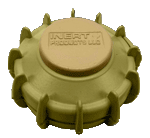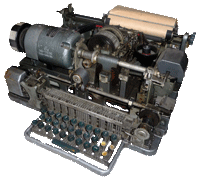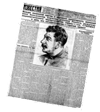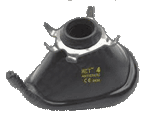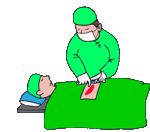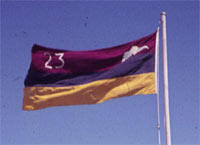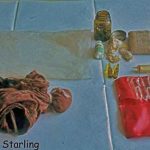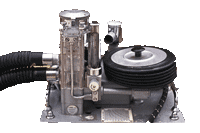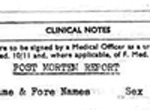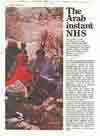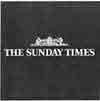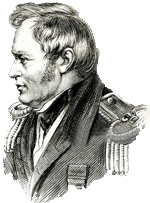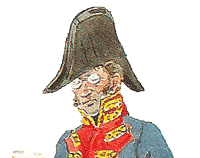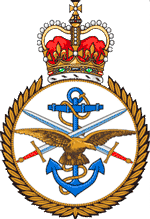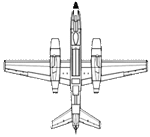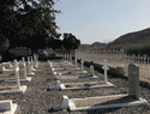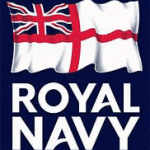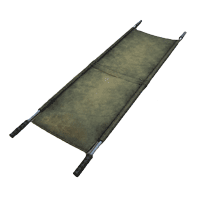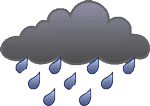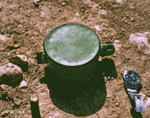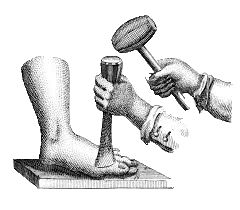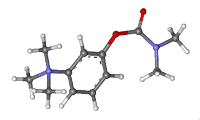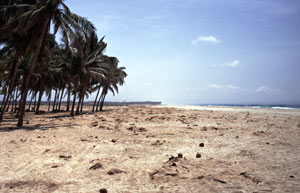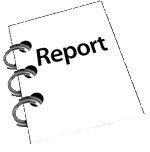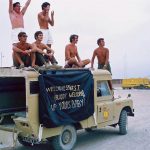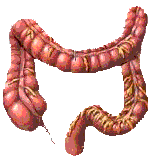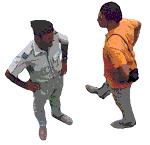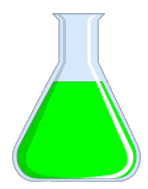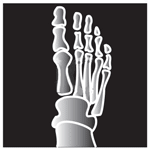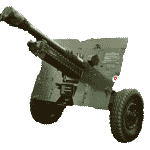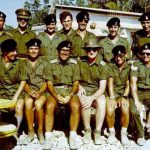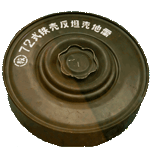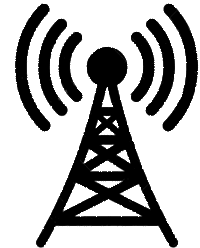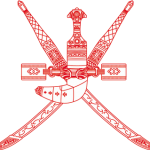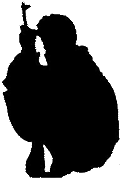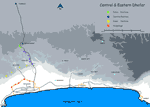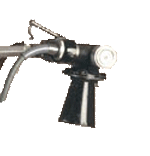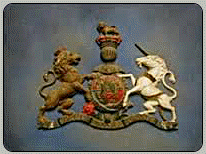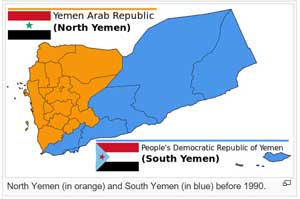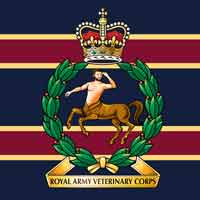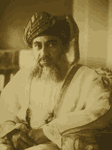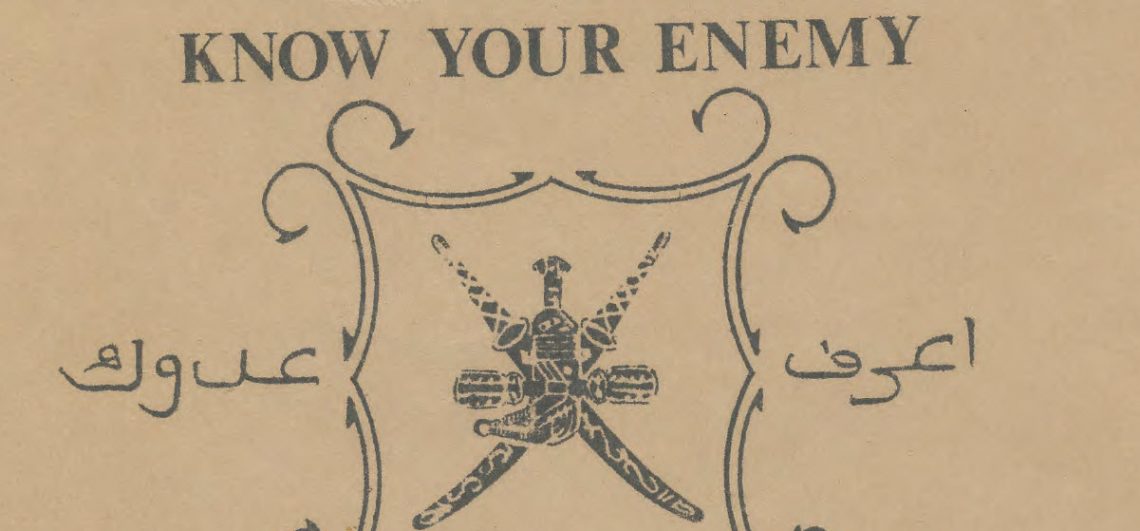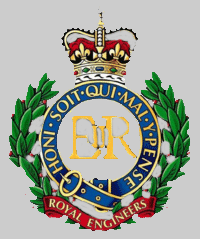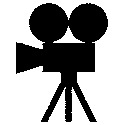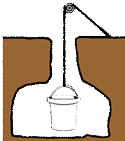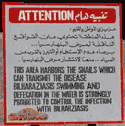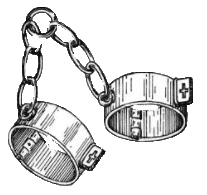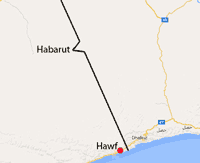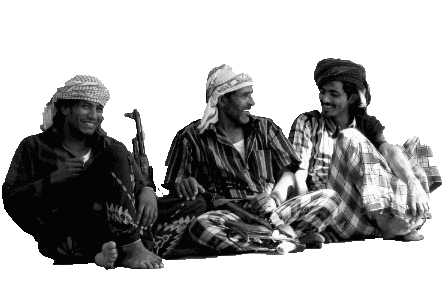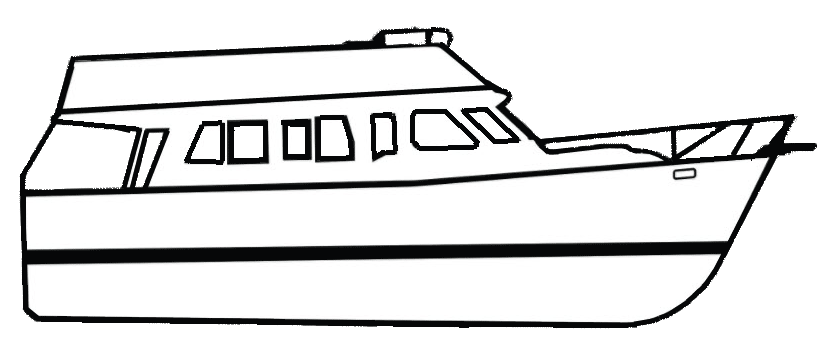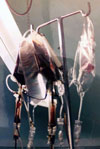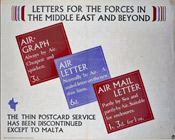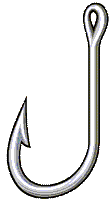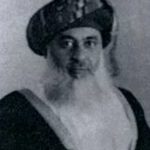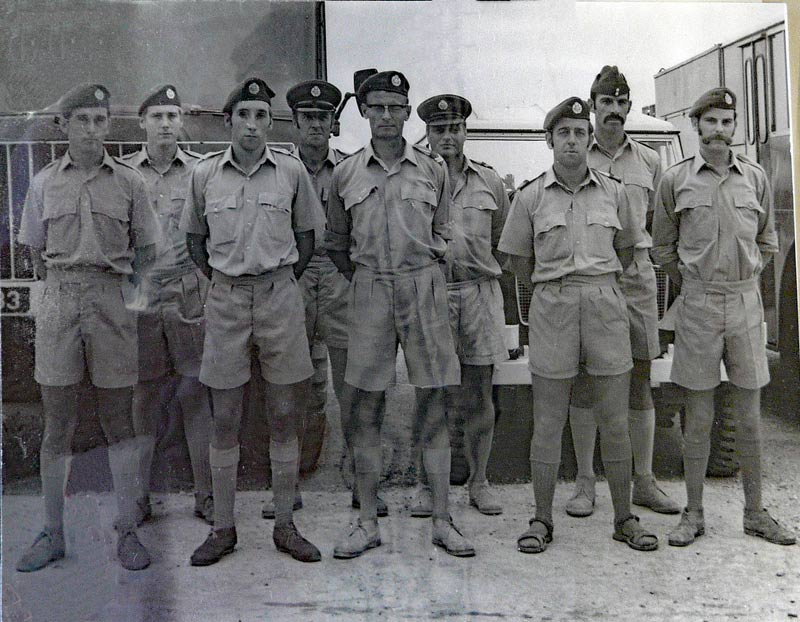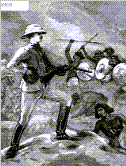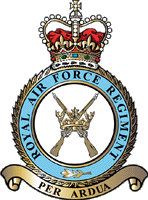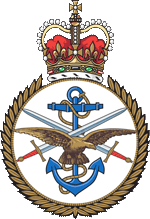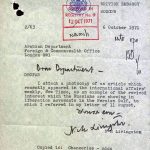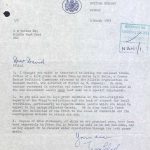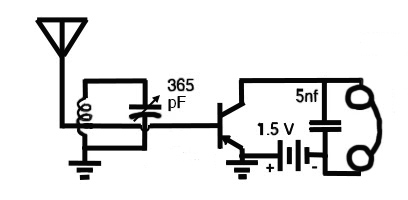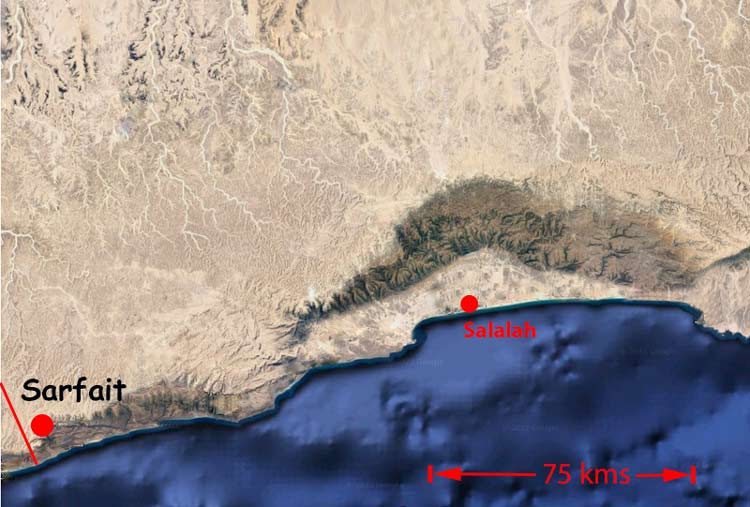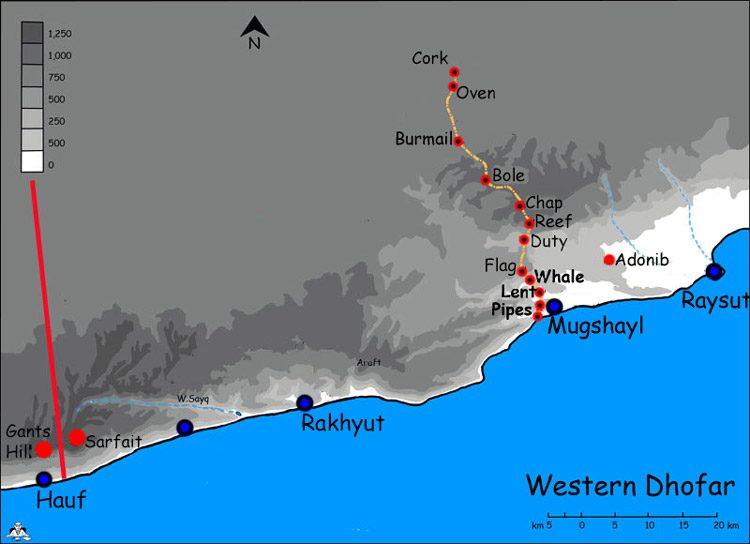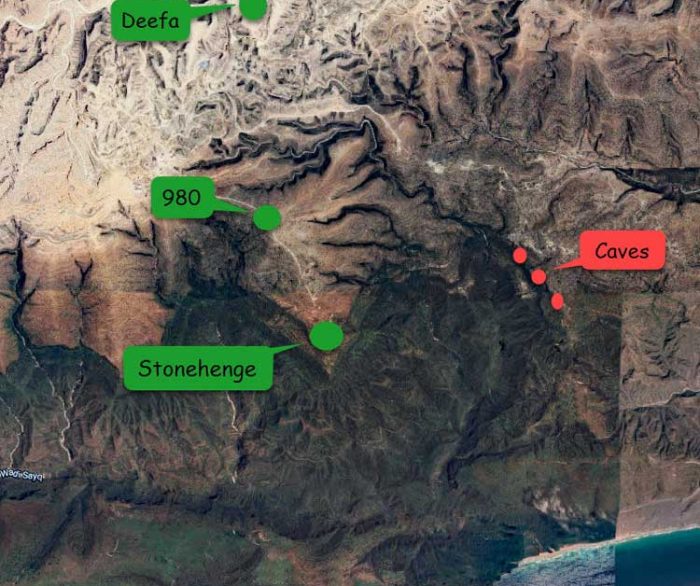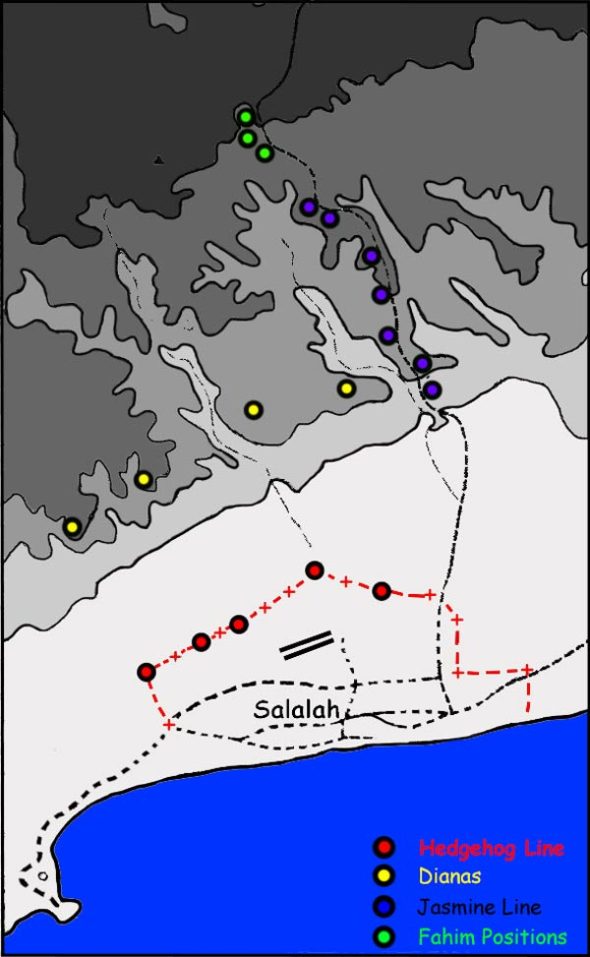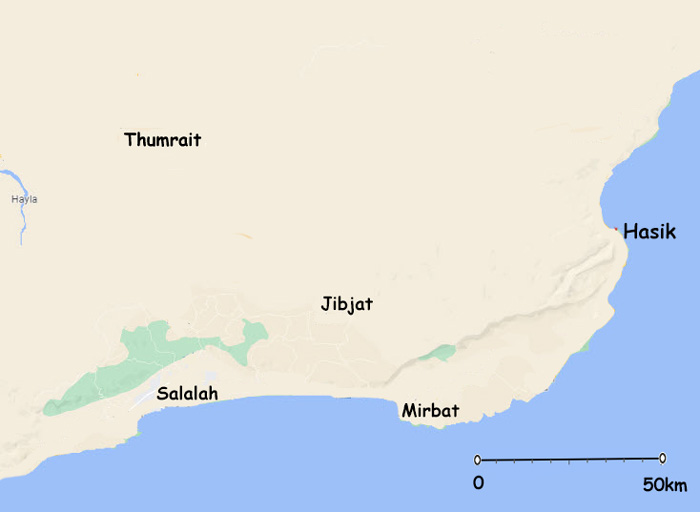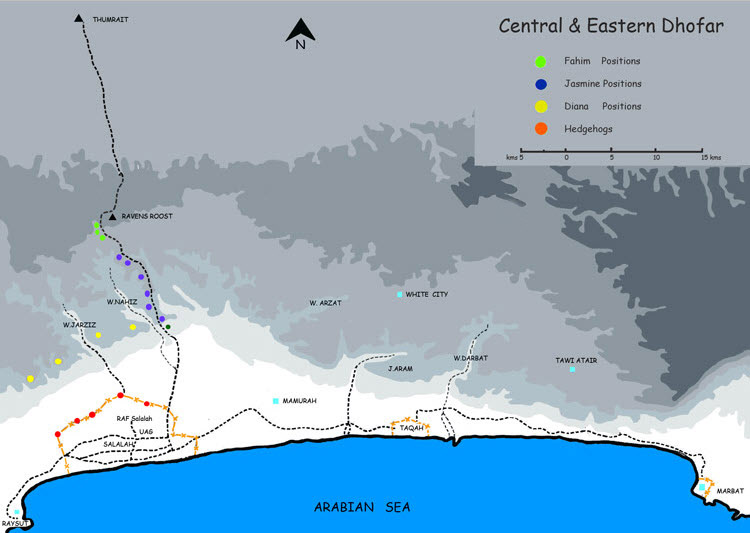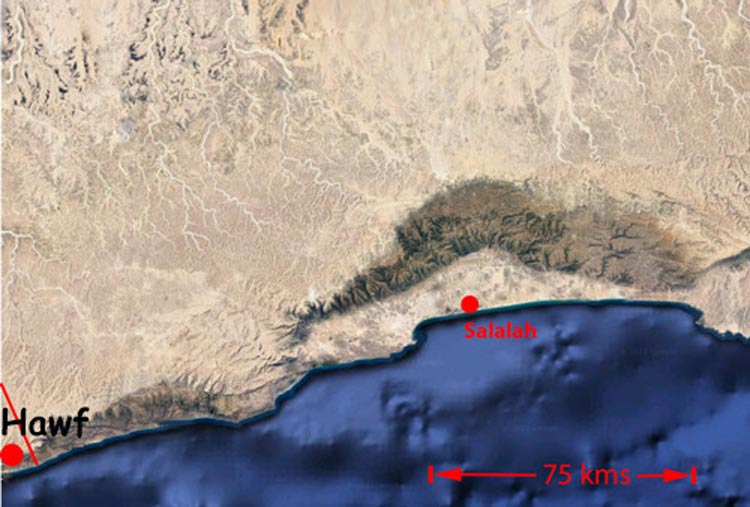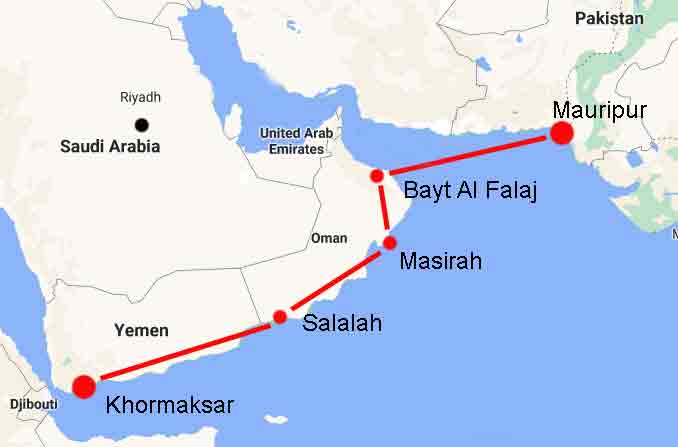
Documents
In the 1970s the BBC presenter James Burke ran a series of documentaries named “Connections”. He chose a core subject and then explored a variety of matters associated with that original subject. The loosely connected series of subjects laid out below follow his example. The central core being the war in Dhofar in the summer of 1972 and then jump from one matter to another and are linked together, often vaguely, by that war.
Signals requesting essential consumables such as Hartman’s solution seemed to vanish into the ether and supplies took weeks to arrive. An operating table that could be adjusted for height, instead of the airportable glorified stretcher that we were using, took nine weeks to arrive.
Doc-5
“Death from natural causes”
There were a number of service men who died from natural causes. The relatives of this particular man found it difficult to accept that he had died from electrocution and not from enemy action.A consular official sought me out on a sandy beach in Caorle (yes my wife had arranged a sandy beach holiday………) to confirm that the death had been from electrocution and not from enemy action.
Doc-26
Journal of the Royal Navy Medical Services. Vol 63, No 3 (Winter 1978) pp 167 – 176 Osborne, A.H. & Raitt, D.G .
A short precis can be found by “clicking” on the Tri-Service badge
Doc-35
“Casualty Mortality”
Casualty survival after the injured have reached advanced medical and surgical care following wounding is naturally a matter of supreme interest. It has gradually improved (!) as the years and conflicts have gone by.
However obvious it may seem, the variables involved have changed so much over the years that it is invidious to compare the results obtained by one surgical team with the results obtained by another. Wounded survive today who would in 1972 have been classified as “unsurvivables”
Doc-36
“The last FST – Tail End Charlies”
This article shows how the emphasis of the FST changed. More and more civilians were now being treated. In fact the FST could have done with some paediatricians, GPs, a gynaecologist and a dermatologist to win what was now the peace. The changes implemented in DCS15 in the 90’s of course have ensured that there are virtually none of these specialists available for forward deployment. The figures given in this article show that there is an absolute need for such specialists. The use of such specialists in Afghanistan would not only be humanitarian but help to win over the local population and prove to be a “force multiplier”
Doc-37
“The Surgeon’s Tale”
John Soul retired from the RN as a Surgeon Captain and wrote an account of his time in the RN for the benefit of his grandchildren. One of the chapters refers to his time in Oman. One evening he “Googled” himself and came across this website. His account makes interesting reading and is complementary to one of the previous documents.
Doc-42/118
55FST was always happy to welcome visitors who sometimes filled a need when mumps degraded the tactical effectiveness of the regular incumbents. Lacking in a Michelin starred restaurant a fish curry in the Dhobi mens’ lines was the best that we could offer in appreciation of their efforts.
Doc-48.
“Operating Theatre Book”
Sitting in the Croxton sunshine the former OC and anaesthetist felt that it was proper to publish the Operating Theatre Book.
Please note this is a large 10Mb file and takes a while to download.
Each entry consists of two facing pages but they are on separate sheets. The early entries have anaesthetic detail recorded but as this was a tedious duplication of the entries on the Nosworthy cards these details were omitted.
Some of the later entries have been “inked over” so that they could be copied more easily with a simpler photocopier. It is difficult enough to obtain a reasonable copy with a modern photocopier.
09/05/09
Additionally a “fair copy” of the Operating Theatre Book is included. Those entries in red are entries that were not decipherable in the original document There are more than a fair few mistakes in spelling names.
13/05/09
This record has now been redacted to comply with the GDPR May 2018. As an historical record it now becomes rather meaningless.
Doc-53
nogo-list
“Anaesthetist’s Reports”
There is some variance between the numbering of the various reports when comparing them with the surgeon’s reports. Patients who had procedures under local anaesthetic were not recorded on the Nosworthy cards. Some of the views expressed have a certain bias but the webmaster has to have some privileges !
Doc-54
The Sultan of Oman’s Airforce had relatively few aircraft at the beginning of the war. Helicopters, that the Americans were finding so useful in Vietnam, were in very short supply.
Doc-55
Not populated yet
A new section of the website linking the patients who were admitted to the FST with the military events taking place at the time that occasioned their injury. An ongoing task.
Doc-62
N/A
“The Affair at Mirbat”
So much has been written about Mirbat that it is almost superfluous to add to it. However there is always something more that one can add and there is more out there that can be added but there are also those out there who prefer not to do so and do not contribute to the history of the affair for whatever reason.
Doc-69
“The Royal Engineers in Dhofar”
The RE performed an invaluable task in Dhofar mainly in the background. The series of photographs that is being added to this website has come from Sid Pass. He and other former sappers have added comments to the individual photographs. It is a work in progress which contains many files and folders which will be completed later in this transference of data.It will appear under “Data” in Photographs
Doc-81
Mirbat
VT 2010 Notes and images (Not yet completed)
Doc-89
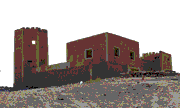
“The Salalah Hook”
The British were no longer in Yemen. They therefore did not need RAF Salalah as a staging post on the way to India. A needless expense ? They did need RAF Masirah however as both a listening and a staging post. It would be convenient to the sultan, in view of the war in Dhofar, if they maintained and defended RAF Salalah.
Doc-106





